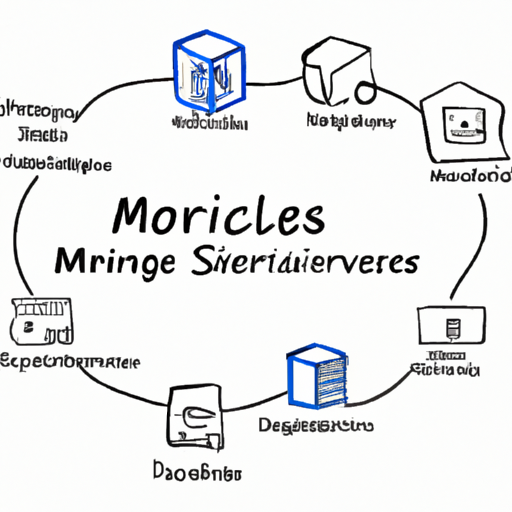In today’s highly competitive software landscape, developers are continually seeking innovative ways to enhance user engagement and improve overall satisfaction. One powerful solution that is gaining momentum is gamification in software.
What is Gamification?
Gamification refers to the integration of game design elements in non-gaming contexts to boost user motivation and engagement. By incorporating aspects such as rewards, points, challenges, and leaderboards, software developers are able to create a more immersive and interactive experience for users.
Benefits of Gamification in Software Development
- Increased User Engagement: Gamification mechanisms keep users involved and motivated, as they strive to achieve goals and achieve recognition.
- Boosted Productivity: Users are more likely to complete tasks when they are rewarded for their achievements, leading to improved performance.
- Enhanced Learning Experience: By using game elements, educational software can facilitate better understanding and retention of information.
Real-World Applications of Gamification
Numerous industries are adopting gamification strategies to revolutionize their software products. For instance, educational platforms utilize quizzes, progress tracking, and badges to foster a competitive and engaging learning atmosphere. In corporate settings, gamified training programs motivate employees to enhance their skills while making the process enjoyable.
Challenges in Implementing Gamification
While the benefits of gamification are substantial, it is not without its challenges. Developers must ensure that the gamification elements are well-balanced and do not overshadow the primary functions of the software. Additionally, understanding the target audience’s motivations is crucial for designing effective gamification strategies.
Conclusion
The integration of gamification in software is transforming the way users interact with technology. By leveraging game design principles, developers can enhance user engagement, improve motivation, and ultimately drive success in software applications. As we move forward, the focus on gamification will undoubtedly play a pivotal role in shaping the future of software development.
Stay Updated!
To stay in the loop with the latest trends in software development and gamification, subscribe to our newsletter or follow us on social media!













